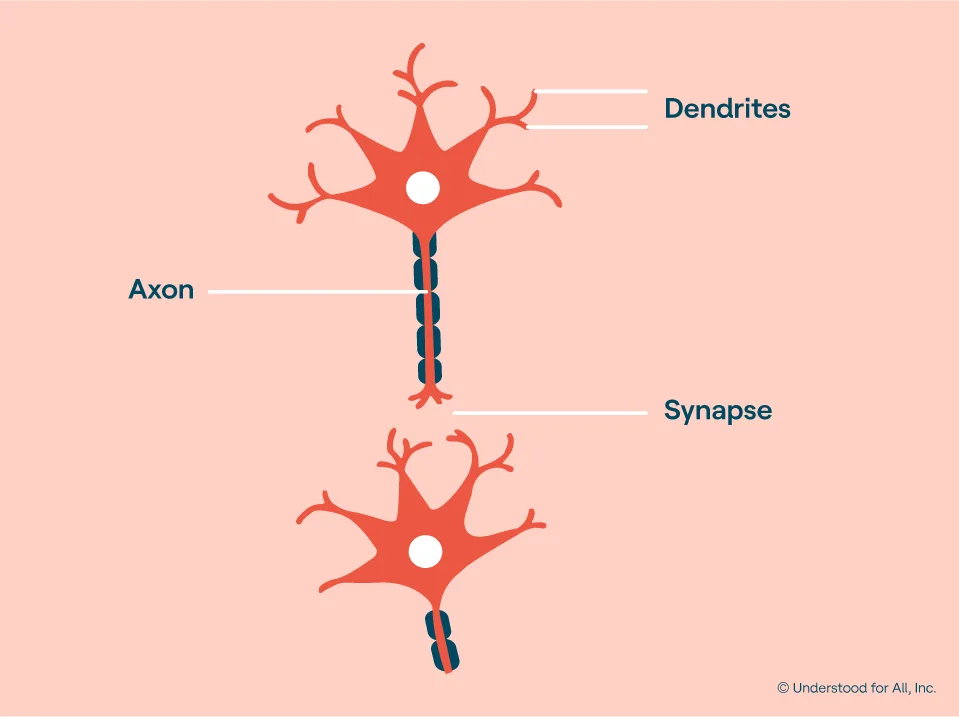Slow Processing Speed and the Brain
Processing speed is a hot topic among brain researchers. There are lots of bright people who process information slowly because of how their brains work. Find out what scientists think about how differences in the brain can affect processing speed.
1. Space Between Neurons

Neurons are brain cells that look a bit like trees, with branches (dendrites) and a long trunk (axon). Information moves from neuron to neuron in the form of electrical signals. These signals have to jump from tree to tree across a small space called the synapse.
Some people with slower processing speed may have larger than expected spaces between neurons. This might be because the neurons have fewer or shorter dendrites. These branches play a key role in moving information from one tree to the next.
More space between neurons may make it take longer for information to travel through the brain.
2. Myelin Coating

Some parts of neurons are coated in a fatty substance called myelin. This coating—called a myelin sheath—helps neurons send messages quickly. The myelin layer gets thicker as kids get older, and it may start to thin later in life.
Researchers are starting to study how the thickness of the myelin coating may affect processing speed in healthy kids. A slightly thinner coating might explain why some kids’ brains take longer to process information.
But this is still just a theory. Doctors typically won’t order brain scans for this unless kids are part of a research study.
3. Brain Chemicals

Neurotransmitters are chemicals in the brain that carry signals across the space between neurons. Think of them as messengers. Some people might have fewer of them. And some may have messengers that have trouble handing off the information to the next neuron. Both of these issues can affect processing speed.
Having low levels of some brain chemicals can also cause trouble with paying attention. For kids who have and slow processing speed, ADHD medication may not improve processing speed directly. But it may boost overall work pace by helping with focus.
4. Brain Pathways

Neurons that routinely work together to transmit information form pathways. These pathways are called neural networks. They’re a bit like roads. When kids are learning a new skill, their brains are turning a small road into a major highway. Processing speed depends on how efficient or organized these neural networks are.
Some researchers have focused on processing speed and an area of the brain called the frontal lobes. The more kids do a certain task, the more efficient—or more densely packed—this part of the brain becomes. And they can do the task faster. Some studies have linked slower processing speed to less-organized frontal lobes.
Practicing a specific skill can help improve speed at that skill. Research shows that repeating a task makes it become more automatic—and, as a result, quicker to process.
